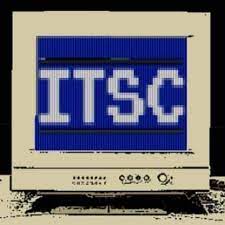Chris Whitehouse, a political consultant and expert on medical technology policy and regulation at Whitehouse Communications, and an advisor to MedTech suppliers, calls on the sector to “wake up and smell the coffee” as new guidance is issued on value based procurement.
The UK Government’s Department of Health and Social Care has issued new guidance on how buyers of MedTech across the NHS in England should introduce value based procurement. The MedTech sector needs to wake up and smell the coffee if some suppliers are not to be left on the back foot when the new approach to the purchase of all medical devices is rolled out in early 2026.
The latest iteration of the Standard Guidance can be found here, and is intended for use by the 13 NHS Trusts that are currently piloting the approach. It is also being piloted by NHS Supply Chain which will be using the Guidance as the basis for three forthcoming framework tenders: Cardiology and Vascular; Negative Pressure for Wound Care; and Infusion Pumps; and by the London Procurement Partnership which will adopt the methodology in its Clinical AI framework tender.
This latest version of the Standard Guidance is intended for use only with the recently-announced pilots, and may yet be subject to further amendments based on learnings from those pilots, but suppliers should make the Guidance compulsory reading for all senior managers and marketing leads because it sets out clearly the questions that they may be asked in future procurements, and gives indications of the evidence that they can provide to support their answers. Such evidence, including from real-world sources as opposed to academic research, will be crucial.
The new approach is intended to enable the NHS to move away from purchasing MedTech based purely on item cost and instead to make decisions based on an assessment of wider value. The methodology envisages value being assessed and scored in five different areas, which it terms “domains”; in addition to the Whole Life Cost, with that cost accounting for a maximum of 40% of the overall score, with the option to reduce that weighting still further.
The five “domains” which will have a combined minimum of 60% of the overall score are:
Social Value: generate wider social and environmental benefits.
Efficiency: improves the Patient Pathway.
Patient and Staff: supports Patient experience and safety.
Supply Chain: has a resilient supply chain
Purpose: meets the Buyer’s specification.
Whole Life Cost comprises the purchase cost and post-warranty support costs where relevant.
The methodology itself does set out clearly how buyers should use the Standard Guidance, but what is lacking so far is contextual positioning to make it clear that in deciding which of the potential questions to adopt, and what weighting to give to each of them in any particular procurement, the starting point should be discussions with clinicians and patient representatives. That clinician and patient input could identify the improvements in patient experience and outcomes that should underpin the choice of questions. Absent that input, a huge opportunity to deliver a paradigm-shift in the approach of the NHS to purchasing risks being missed.
The Author used AI in preparing this article. Comments upon or questions about this article can be addressed to chris.whitehouse@whitehousecomms.com.
Related
The post New Value Based Procurement guidance issued for MedTech first appeared on TechToday.
This post originally appeared on TechToday.
